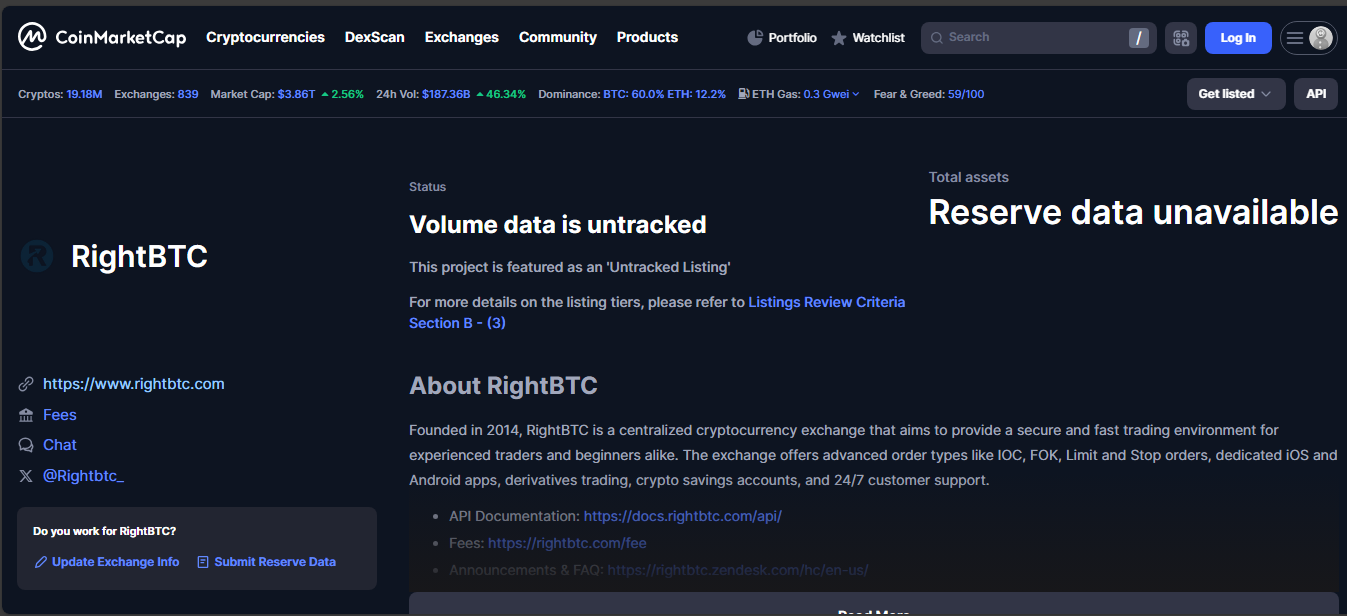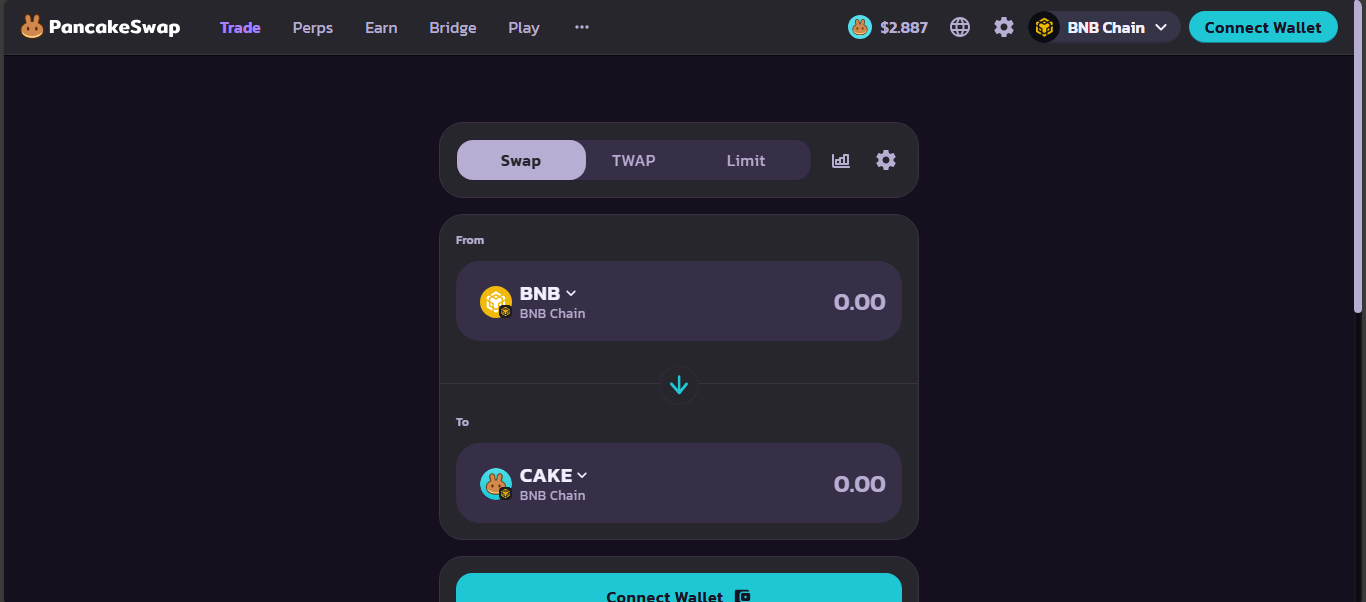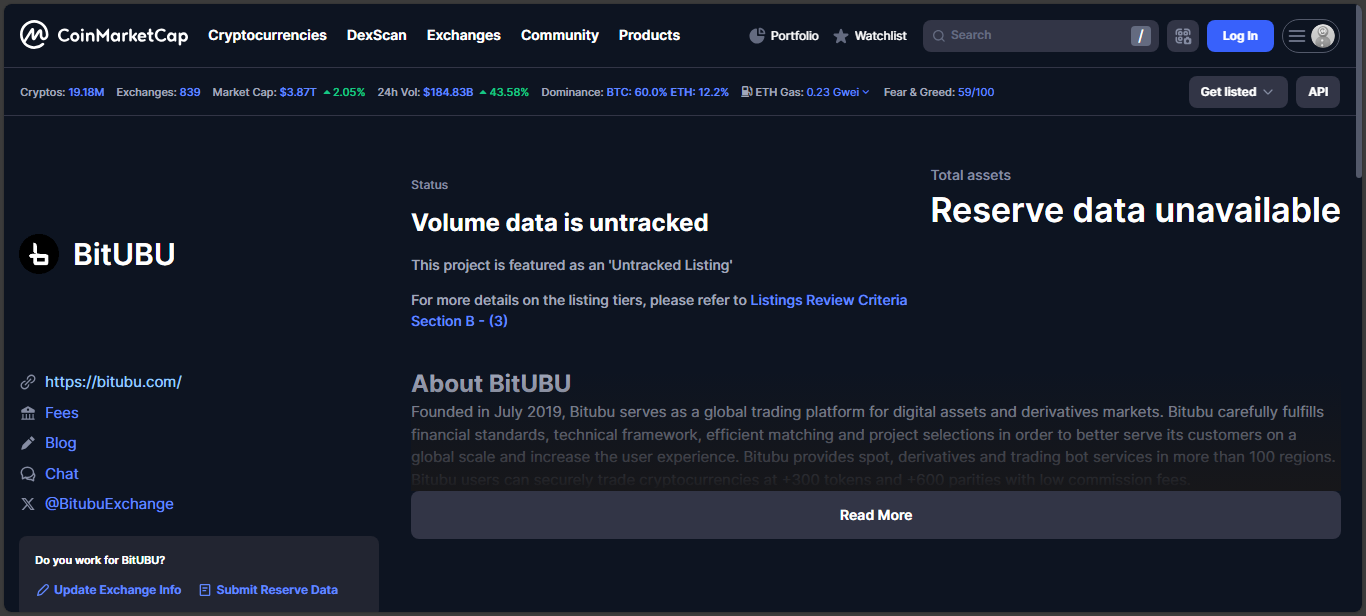ICO Rankings Blog
Discover a wealth of knowledge and stay up-to-date with the latest trends, news, and insights in the cryptocurrency and blockchain space through our blog.
Discover a wealth of knowledge and stay up-to-date with the latest trends, news, and insights in the cryptocurrency and blockchain space through our blog.
Tokencan pitched itself as a modern platform built for global traders. It promised spot trading alongside OTC mechanisms, educational tools, a mobile app, and its own token ecosystem. The marketing was slick - high-tech and ready for action.
But underneath, the activity never matched the flashy branding. Aggregators now classify Tokencan as dormant. Reported 24-hour volume vanished, leaving users to wonder if the exchange ever saw real turnover.
Regulators chimed in with warnings. A top watchdog issued a public notice against Tokencan for operating without a proper license and for suspected misconduct. Investors flagged frozen accounts and denied withdrawals - a clear trust breaker.
Community voices echoed those alarms - across reviews, users say volume data looked inflated, wallets behaved oddly, and support often went silent.
The platform’s site remains live, but that may be more for form than function. Some explanations:
Whatever the truth, there's no meaningful activity to speak of - nothing that adds value to traders.
Without on-chain clarity or volume transparency, this isn’t a trading venue - it’s a ghost zone. You can’t tell order-book health, execution reliability, or fund safety. And regulators have publicly flagged it as unlicensed, compounding the risk.
Tokencan felt promising on paper - a tech-forward exchange blending OTC, mobile, token utility. In reality, it never built trust or traction. Now, it’s untracked, flagged by authorities, and heaped with warning signs.
For traders, this is a clear red flag - no volume, no backing, no reason to engage. Treat the name as a warning, not a trading option.

RightBTC once ranked among active platforms. It touted features like IOC, FOK, limit and stop orders, full mobile support, derivatives, and crypto savings accounts. But those ambitions never translated into sustained activity. Now, it shows no live markets or liquidity stats - no proof of user engagement or transaction flow.
RightBTC is marked as an untracked listing. There is no public trading volume, no order book visibility, no reserve reporting. It appears on trackers in name only, without any operational footprint.
Past user feedback varied. Some claimed prompt withdrawals and competent service. Others painted a different picture - withdrawals delayed or frozen, inconsistent support. These mixed signals, combined with vanished volume, raise real concerns.
RightBTC’s website remains active, but that likely reflects legacy status rather than usage. It may linger for future updates or exist as a domain placeholder. Whatever the reason, no trading activity gives it little relevance today.
With no volume or liquidity, there’s no way to evaluate market depth, fees, or execution quality. Some past users reported success, but that doesn’t prove ongoing functionality. Without current data, engaging with RightBTC is speculative at best - and risky at worst.
RightBTC once stood for capability and option-rich service. Today, it stands empty. No active markets, no reserve transparency, and an untracked label that speaks volumes. Trader feedback offers a story of inconsistency and opacity.
In short - RightBTC is a relic. If you come across its name, treat it as a cautionary footnote, not a trading opportunity.

PancakeSwap V2 launched in September 2020 as a BEP-20 token swap platform. It brought back-to-basics AMM trading with added flavor - staking, lotteries, and NFTs. It didn't try to be everything; instead it focused on being fast, cheap, and open.
Tokens trade against liquidity pools - no order books, no lurking market makers. Liquidity providers stake assets and earn fees. CAKE, the native token, fuels governance, staking in Syrup Pools, and occasional token launches.
PancakeSwap V2 still moves serious volume. Recent data shows 24-hour volume pushing between $600M and $700M - that’s DeFi scale on demand. At its peak, it handled billions. It supports thousands of coins and pairs - ranging from staples to niche meme projects.
Each swap carries a 0.25% fee. Most of that goes back to liquidity providers, with small cuts for platform burn and treasury. No surprises, just native DeFi economics.
Smart contracts are audited, and the code is open source. It runs without KYC, global access, and no central shutdown risk. That gives it resilience - and puts the onus on users to protect their own assets.
PancakeSwap V2 works because it stays simple and functional. It’s inexpensive, fast, and completely open - users swap, stake, farm, and leave. No approvals needed, no hoops to jump. That clarity gives it staying power.
Be careful with obscure pools - slippage can kill your gain. Don’t just farm the highest yield token - low liquidity can trap your funds. And remember, if wallet keys are lost, there’s no help desk. Trust runs on-chain only.
PancakeSwap V2 is DeFi by example. It’s not flashy - but it is effective. Huge volume, lean design, open access. It’s raw DeFi without compromise. If you want transparency and scale without central interference, this remains a DEX worth tracking.

Arbidex launched as a strategy-driven DEX on Arbitrum, catering to arbitrage hunters. It leveraged AMM liquidity pools and rewarded ARX staking - users earned protocol revenue and benefited from low-fee swaps. The vision was clever and focused - but traction has since waned.
The exchange offers swap functionality and rewards, but handles minuscule activity. Users trade a handful of pairs, with daily volume barely tipping into the hundreds of dollars. ARX trades in tiny markets, and liquidity depth is virtually non-existent.
Arbidex persists under the radar, possibly run by a small community committed to its original mechanics. It may still generate yield for a few loyal users, or serve as an experimental labs project - but it hasn’t broken beyond its niche.
Low liquidity means trades can sink or spike prices. Mining incentive models require trust in token economics and team follow-through. Few users, even fewer safety nets - this one’s for niche play, not everyday swaps.
Arbidex might’ve looked sharp on launch - arbitrage, low fees, staking rewards, all on a fast L2. But without traffic, volume, or attention, it’s faded into an obscure corner of DeFi. If you’re hunting yield in fringe protocols and can stomach isolation, peek in - but for most, it stays a curious footnote.

BitUBU arrived equipped with bold ambitions - claiming advanced trading tools, multilingual 24/7 support, and cold-storage security. It rolled out derivatives, an academy, and bot support on top of spot markets. On paper, it looked like a platform for serious traders.
At launch, BitUBU flaunted competitive maker/taker fees, secure wallets cold-storing around 95 percent of assets, and a slick interface. But today, all operational signals have vanished. It's flagged as untracked. Coin listings, market data, and volume figures are missing. It exists, but only in name.
UBU once powered fee discounts and governance - an add-on to the exchange’s narrative. The platform offered bank transfers and TRY fiat options. Yet, regulatory clarity is absent, and founders remain anonymous. That combination chips away at trust, fast.
BitUBU’s domain and branding linger online - maybe as a placeholder or for potential relaunch. Perhaps a limited group still uses it, or it remains for legacy reasons. Either way, there’s no value visible now.
No order books, no depth, no published metrics. Even if some previous users once succeeded in trading, current functionality is unverifiable. With no transparency or regulatory comfort, using it today is speculative, risky, and not advisable.
BitUBU began as a flashy exchange, heavy on tools and local ambition. Without live data, audits, or regulatory backing, it fell off the map. It’s now an untracked label, not a trading venue - effectively a footnote.
If you see its name again, treat it as a lesson: features mean nothing without trust, activity, and transparency.

StormGain launched back in 2019 out of London, marketing itself as an advanced hub for crypto trading. It combined spot markets, leverage up to 300 times, cloud mining, and a whole section for educational tools. The platform was designed to pull in experienced traders and beginners at the same time. Many found the interface clean and easy to handle, which made it stand out from more cluttered competitors.
At its height, StormGain claimed weekly volumes around 60 million dollars and sometimes daily numbers running into billions, although those figures were often debated. Traders could pick from about 80 pairs, with leverage that topped out at 300, which easily matched or beat bigger exchanges. Instead of taking a classic fee on every trade, the platform used a profit-share system, taking roughly 10 percent from winning trades. That sounded attractive, but for traders who landed a lot of profitable positions, it could add up higher than typical maker or taker fees.
Deposits worked through crypto or credit cards, with low minimums starting near 10 dollars. Withdrawals had a hybrid fee structure. For Bitcoin, it ran around 0.0006 BTC plus a small percentage, depending on the coin. Later on, StormGain rolled out monthly inactivity fees for idle accounts, and even things like KYC updates or processing refunds sometimes triggered extra charges. That left some traders feeling the platform’s total costs were more complicated than first advertised.
StormGain always put a spotlight on security. It had two-factor authentication, multi-signature withdrawals, SSL protection, and kept reserves in cold wallets. The team also talked up compliance with standards like PCIDSS and GDPR. Most user reviews praised the quick customer support and clean app design, though there were occasional complaints about slow withdrawals or cloud mining payouts. That was pretty common among platforms mixing trading and mining features.
By January 2025, StormGain announced it was shutting down as an independent service. All accounts and balances were migrated over to YouHodler. Users were told to manage their assets on the new platform going forward, which effectively closed the StormGain brand. It was a clear reminder that even popular, feature-heavy platforms can close shop or change direction quickly, leaving customers to follow along or cash out.
Here is a simple way to look at what StormGain got right and where it fell short in the long run
Pros:
Cons:
StormGain managed to carve out a strong spot in the crypto scene by offering leverage, trading signals, mining, and education all under one roof. It earned a reputation for being secure and approachable, which drew in plenty of traders.
Still, the way fees stacked up and the sudden closure in early 2025 highlighted why platform longevity matters as much as flashy features. For now, all of StormGain’s old services sit under YouHodler’s roof, and the original platform stands more as a case study on why it pays to keep an eye on where you park your crypto.
.png)